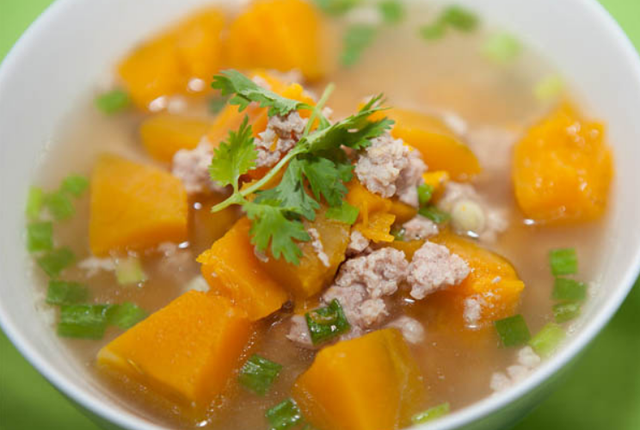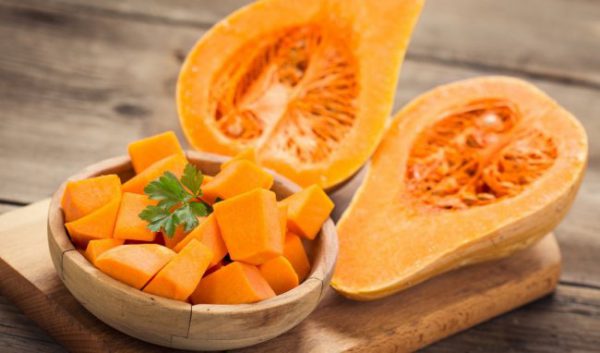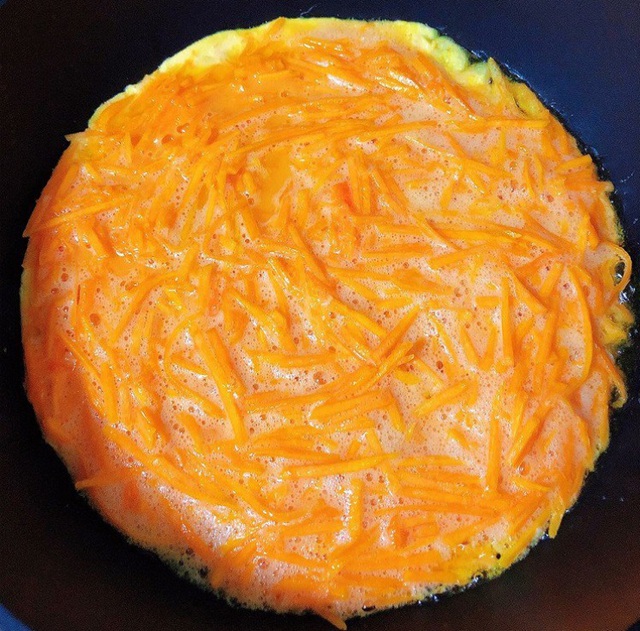Is it good for diabetics to eat pumpkin?
According to the health website Healthline (USA), a 250-gram cup of pumpkin contains about 137 calories, 2.65 grams of protein, 19 grams of carbohydrates, 7 grams of fat and 7 grams of fiber. Pumpkin is also rich in vitamin C, vitamin E, potassium, calcium, magnesium and beta-carotene, a precursor of vitamin A that gives pumpkin its characteristic color.

Diabetics should only eat pumpkin in moderation. Illustration photo
To understand how pumpkin affects blood sugar, we must consider the glycemic index (GI) and glycemic load (GL). The glycemic index is a scale from 0 to 100, used to evaluate the rate at which a food increases blood sugar. The higher the glycemic index, the faster the blood sugar increase.
Pumpkin has a glycemic index of 75, which is considered high. This means that eating a moderate amount of pumpkin will have little effect on blood sugar, while also providing many nutrients that are beneficial to health. However, if a diabetic eats a large amount of pumpkin, it can significantly increase blood sugar.
Therefore, diabetics who want to eat pumpkin need to be careful and pay attention to controlling their diet to avoid diabetes complications.
Benefits of pumpkin for diabetics
Eating too much pumpkin is not good for the blood sugar of diabetics, but if eaten in moderation, pumpkin can bring some of the following benefits:

Illustration photo.
Good for eyes
Pumpkin is rich in vitamin A, lutein and zeaxanthin. These substances have the ability to protect the eyes from vision-related and aging problems, such as macular degeneration and cataracts.
Good for the heart
Pumpkin contains potassium, fiber, vitamin C and antioxidants, which can help maintain cardiovascular health and prevent cardiovascular disease.
Increase resistance
Pumpkin is rich in vitamin C, vitamin E, vitamin A and iron, which help strengthen the immune system and fight free radical attacks. In addition, pumpkin contains carotenoids, a substance that can fight the growth of cancer cells.
Weight control
Pumpkin is rich in nutrients and fiber, but low in calories. This helps slow down digestion, making you feel full longer and reducing cravings. This is helpful in weight control and limiting other complications of diabetes.
3 things diabetics should avoid when eating pumpkin

Illustration
Don't eat much and often
Because pumpkin contains a lot of vitamin A that is not soluble in water but soluble in oil, when stored in the liver and skin, it will cause jaundice. At the same time, with its crumbly, dense texture, pumpkin causes indigestion, bloating and high starch content that can easily cause hyperglycemia. Therefore, patients should eat about 2-3 times/week.
Do not eat processed pumpkin
Other cooking methods can increase the carbohydrate content of pumpkin and easily cause a spike in blood sugar. Avoid pumpkin drinks, pies, and pastries, which have a high glycemic index (GI) due to added sugars and refined grains, making it difficult to control blood sugar and providing little nutrition to the body.
Do not combine pumpkin with sugar
Because pumpkin itself is sweet, patients should not add sugar as it will increase blood sugar levels. Do not eat it with chili, because the vitamin C in chili will destroy the decomposing enzyme in pumpkin.
Source: https://giadinh.suckhoedoisong.vn/loai-qua-cuc-tot-nhung-nguoi-benh-tieu-duong-duoc-khuyen-cao-can-trong-vi-de-lam-tang-duong-huet-172240622111432343.htm



















































![[Maritime News] More than 80% of global container shipping capacity is in the hands of MSC and major shipping alliances](https://vphoto.vietnam.vn/thumb/402x226/vietnam/resource/IMAGE/2025/7/16/6b4d586c984b4cbf8c5680352b9eaeb0)













































Comment (0)